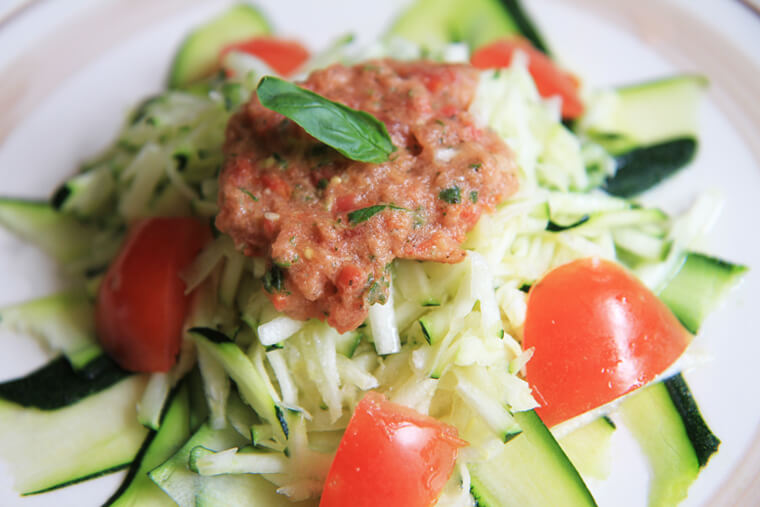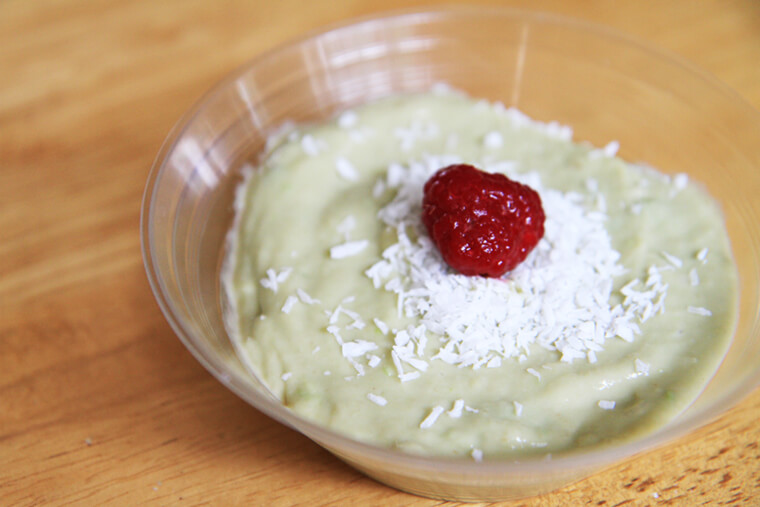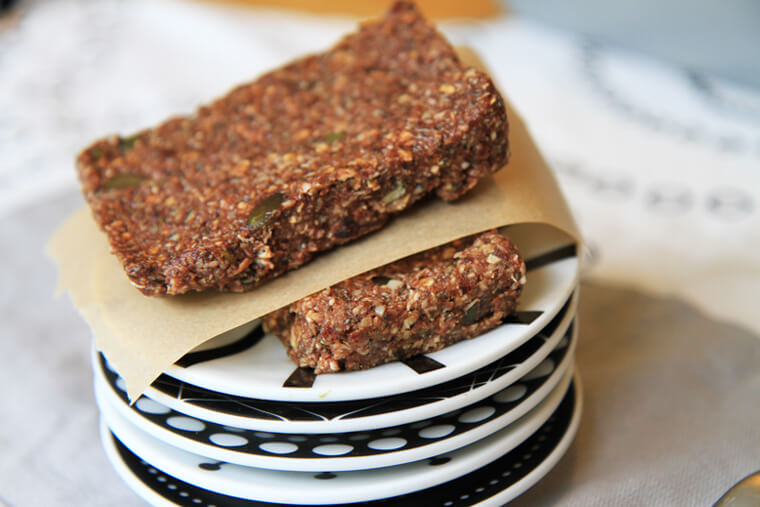Nut cheeses are a great item to have in your raw food recipe collection. They are tasty, easily support the addition of many herbs and spices, and will impress your raw and non-raw friends a like. Instead of dairy, this delicious dish is made from blended cashews, giving it a smooth, nutty taste. Cashews make a smooth, easy to flavor cheese that has a bit of a softer texture. It’s amazing as a topping for bagels, in dip recipes and as cream cheese frosting. You don’t need a high powered blender to make it, but if you’ve got one – why not use it.
Cashews are rich in a number of health-promoting nutrients, including magnesium, copper, tryptophan, and healthy fatty acids. A diet that is rich in high quality cashews can help keep your teeth and bones healthy and help prevent high blood pressure. I enjoy eating this nutty spread on crackers with fresh fruit. If you enjoy cream cheese, I encourage you to give the following dairy-free and healthy cream cheese recipe a try. Hope you enjoy it as much as my family does.
Cashew Cream Cheese
Vegan, Raw
Ingredients:
- 1 cup raw cashews, soaked overnight (soaking is optional)
- 1/4 cup – 1/2 cup water as needed for desired consistency
- 3 Tbsp. freshly squeezed lemon juice
- 3 Tbsp. nutritional yeast
- 1 clove fresh garlic
- 2 tsp. agave nectar
- sea salt to taste
Directions:
- Place all of the ingredients in a blender or food processor and blend until smooth. Add more water if needed.
The more water you add, the creamier the cheese will become. Add less water for a thicker, more rustic cheese. If you enjoy cream cheese with fresh herbs, add a heaping tablespoon of green onions, chives (or any other fresh herbs that are readily available) to the mix before you blend.
(Photo Credit: my sister, Jenny Norris – jjnorris.com)






